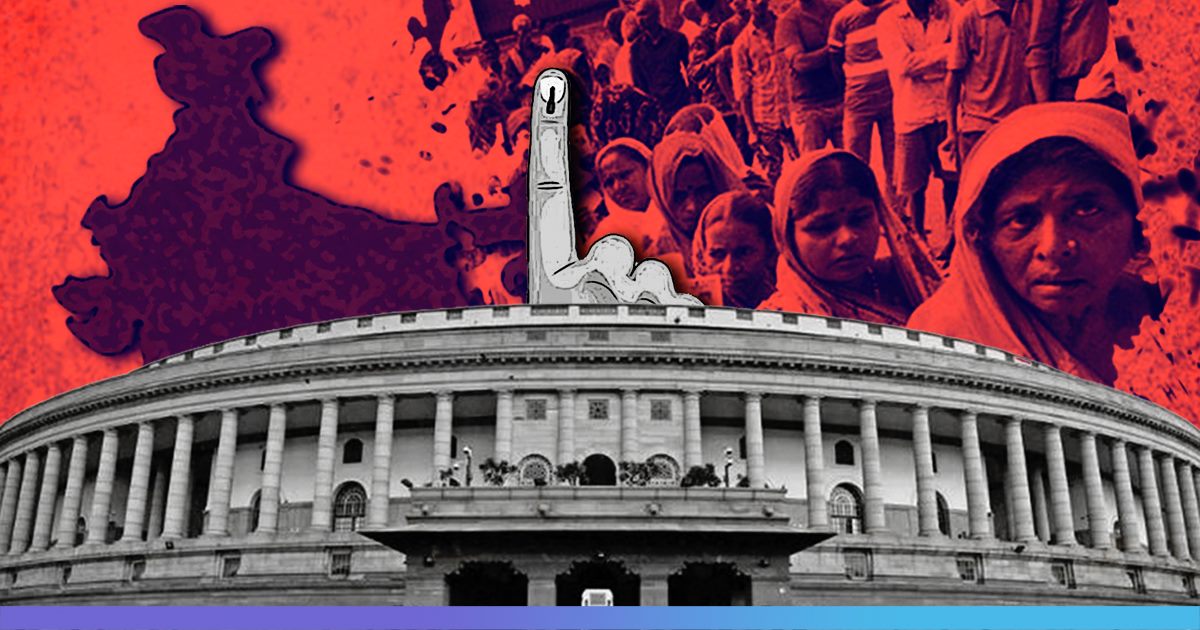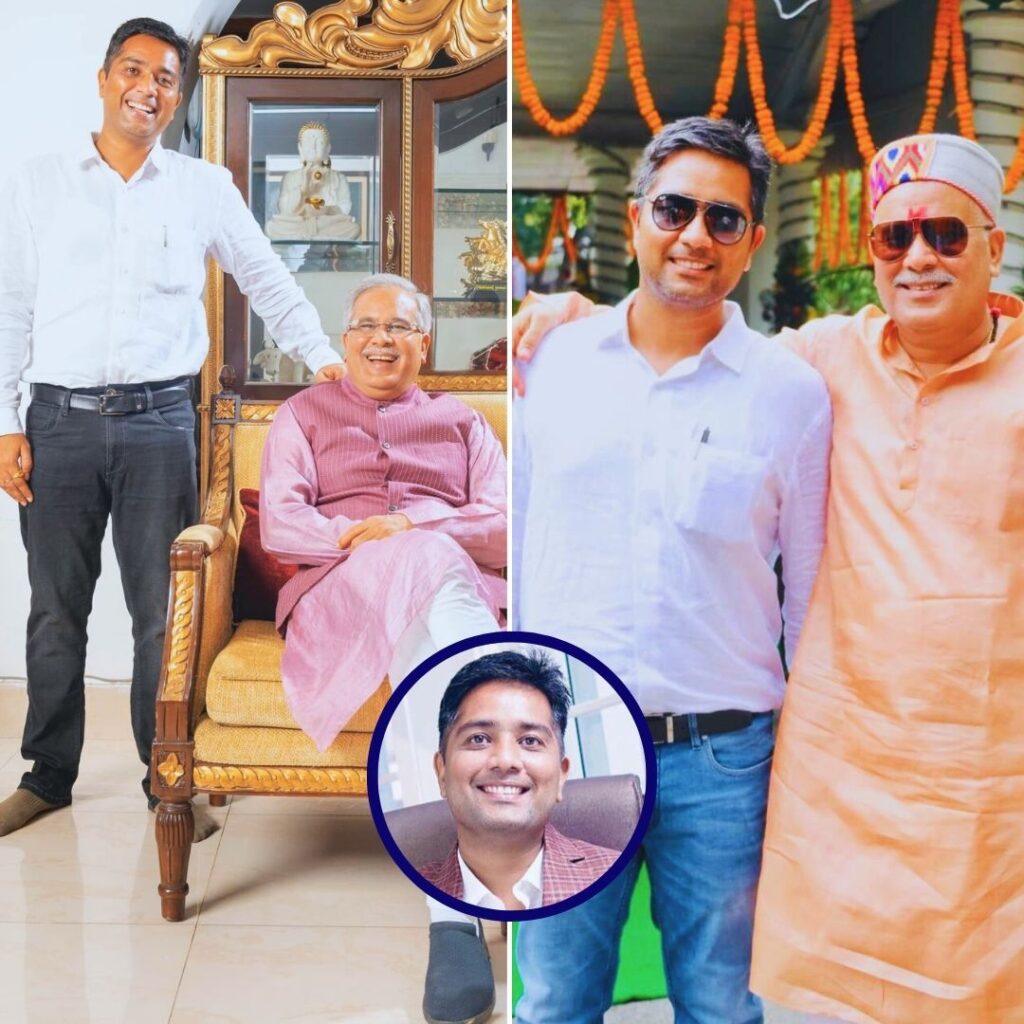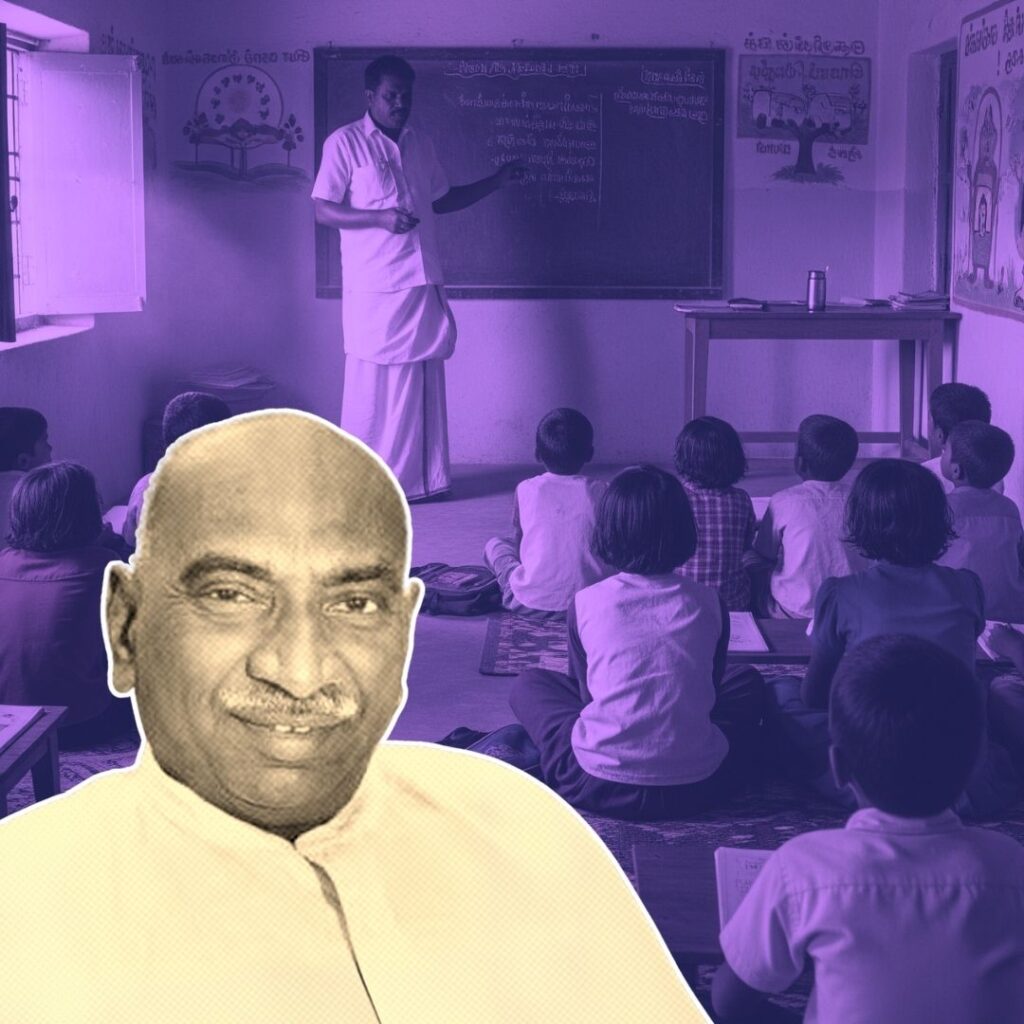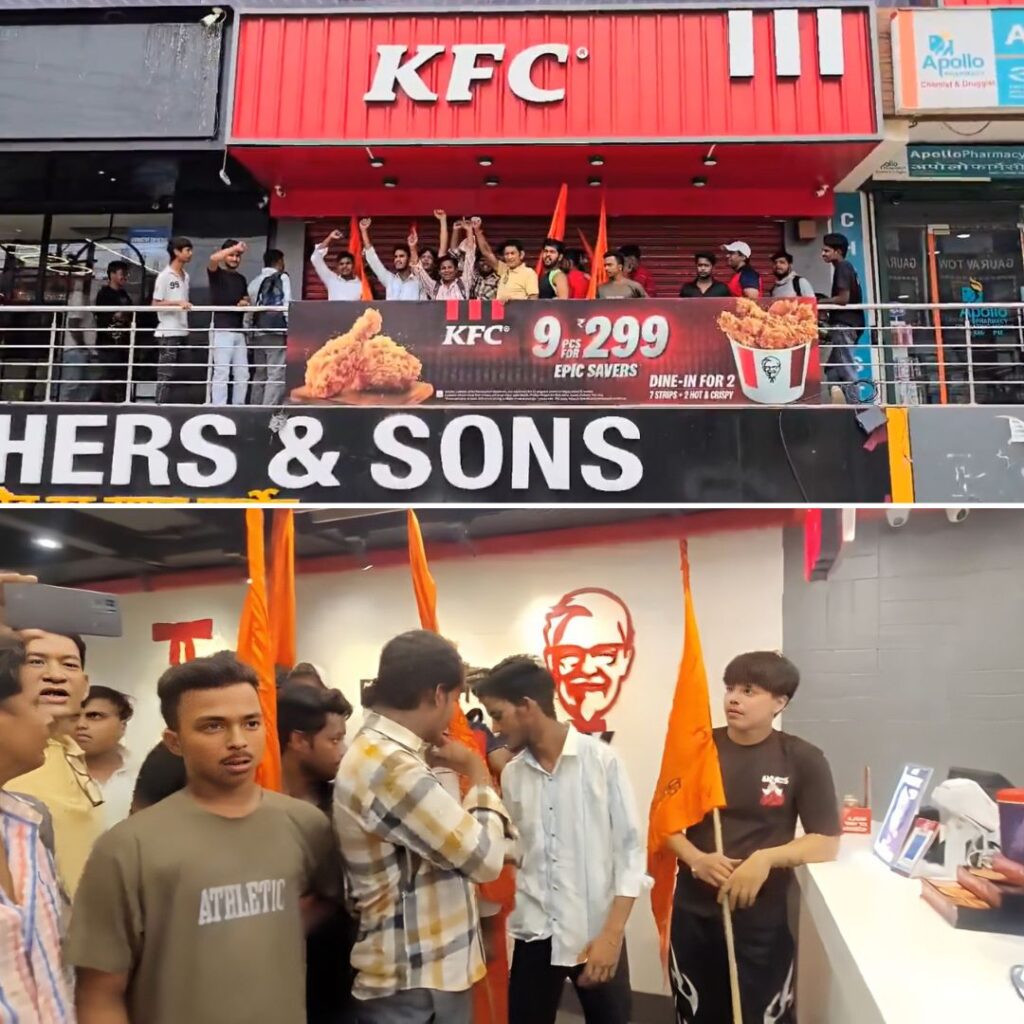In an All-Party meet held on June 19, the Modi led NDA government made another push for simultaneous elections. With it the polarising ‘One Nation, One Election’ debate is once again making the news.
The government had first proposed the change in its 2014 manifesto.
It read: “The BJP will seek, through the consultation with other parties, to evolve a method of holding Assembly and Lok Sabha elections simultaneously. Apart from reducing election expenses for both political parties and Government, this will ensure certain stability for State Governments.”
Amidst ongoing debates, The Logical Indian breaks down the nitty-gritty of “one nation, one election”.

Wikimedia Commons
What Is “One Nation, One Election”?
The term “One nation, One election” is the colloquial reference to simultaneous elections.
In simple terms, simultaneous elections mean that the voting for the Parliament, the State Assemblies, and the Local Bodies will take place together.
It means that a voter will cast her vote for electing members to all three tiers of the government on the same day.
In India, the State Election Commission (SEC) holds the local body elections. The Central Election Commission (CEC) holds the voting for the Parliament and the State Assemblies.
Due to this, the “One nation, One election” proposal leaves out the local body elections. So, in this case, simultaneous polls refer to voting for the candidates of the Parliament and the State Assemblies on the same day.
India Once Had Simultaneous Elections
The idea of simultaneous elections is not new to India. The general elections to the Parliament and the State Assemblies were held together for the first twenty years post independence.
So, the Election Commission (EC) held simultaneous elections during the years 1951-52, 1957, 1962, and 1967.
However, the dissolution of some state assemblies in 1968-69, the dissolution of the Parliament in 1970, and the general elections in 1971 disrupted the cycle.
Since then the Commission did not conduct simultaneous elections on any other occasion.
Why The Push Now?
In an interview with The Logical Indian, the former Chief Election Commissioner of India, Mr.N. Gopalaswami said: “It is something which I consider worthwhile.”
“If there is a consensus from everyone and a single election is implemented, then it will lead to a lot of good outcomes. Especially on logistical and financial terms. More importantly, we won’t constantly be in election mode.”

Wikimedia Commons
According to a paper by Niti Aayog, there has not been a single year – in the past 30 years – when the EC did not hold an election, either state or central.
In an exclusive interview with Swarajya Magazine, PM Modi reiterated his position on simultaneous elections.
Modi said, “It is also my view that the electioneering cycle in the current form weakens the federal structure. This is because the campaign trail that precedes an election often takes an aggressive nature and the parties at the Centre and the states are pitted against each other.”
“By devoting a specific time for electioneering, the subsequent post-election period becomes one of undivided attention to governance and development for all elected governments across the nation.”
“Thus, holding Lok Sabha and Vidhan Sabha polls together will involve lesser waste of resources and enable a healthy culture of working together in the spirit of cooperative federalism for the common pursuit of India’s progress.”
The Advantages
Talking about the advantages of having a single election, former Chief Election Commissioner Mr.T.S. Krishnamurthy told The Logical Indian, “There won’t be such wastage of money, of paramilitary forces, and so many difficulties in conducting the elections. If you can amend the constitution and provide for a fixed legislature term for the houses, then a single election would be good for the country.”
“In every parliamentary election and assembly election, there is so much hatred and violence. All that hatred and violence can be confined to only one election.”

Times Of India
In 2018, the Department of Legal Affairs directed the Law Commission to study the issue of simultaneous elections and submit a report.
The report highlighted the primary benefits of a single election: “From financial considerations, implementing simultaneous elections seem to be not only feasible but also desirable. It will result in a reduction of enormous costs involved in separate elections.”

NITI Aayog Paper
“Engagement of polling staff and security personnel for significantly prolonged periods during elections is a mammoth, complex, and time-consuming activity. It leads to disruptions in the duties of public servants frequently. This makes the holding of simultaneous elections more desirable,” the report said.
Further, “if the elections are going to be a once-in-five-years affair, the ruling parties can better dedicate their time to developmental activities, mandated to them by the electorate. More so there would be a substantial reduction in hate speeches, violence and other law and order problems.”
The report pointed at the interesting voting pattern of people when the elections happen concurrently and separately and contended in a number of studies that the simultaneous elections increase voter participation.
Arguments Against Simultaneous Elections
When the Law Commission opened the report draft for public comments, people raised many significant issues which the report incorporated in its final draft.
“It is canvassed that it will be an advantage to the national parties over regional or local parties and national issues might eclipse the local ones.” This further raises an argument that it goes against the Principles of Democracy and Federalism enshrined in the Constitution.
There is a successive argument that with simultaneous elections the ruling party will become autocratic without any checks and balances, and this will dramatically shrink the choice of the electorate.
Talking about the influence it might have on the voters the final draft read, “Indian voters are susceptible to intimidation, threats of physical harm, allurements or appeal on the basis of caste, religion and regionalism. The said factors influence their voting behaviour.” A single election will sway the voters one way or another.
Further, to implement and sustain the cycle of simultaneous elections, the report said that the government will have to tamper with the basic structure of the constitution which the Supreme Court strictly prohibits. It is contended that the amendments that are required to make simultaneous elections possible, deal with the provisions that form the fundamental structure of the Constitution.
Another argument against simultaneous elections stated in the NITI Aayog’s paper read, “Having to face the electorate more than once every 5 year enhances the accountability of politicians and keeps them on their toes.” A simultaneous election might decrease the accountability of those in power since then they would be guaranteed to stay in office for five years.

NITI Aayog Paper
Furthermore, many jobs are created during elections, boosting the economy at the grass-root levels, according to an argument recorded in the Law Commission’s report. A long gap between elections will have an impact on that.
Lastly, a major operational question that is raised regarding the feasibility of simultaneous elections stands if it practically feasible for the ECI to conduct elections at such a massive scale – considering logistics, security and manpower resource requirements?
The Hurdles In Implementation
Explaining the hurdles that a single election will face in implementation, Gopalaswami told The Logical Indian, “we need to understand that it can’t be put into effect everywhere in a single year. It can only be done over a period of time.”
“In my view,” Gopalaswami explained, “if let’s say everyone agrees tomorrow and the amendment procedure and all other procedures begin. Then maybe in two cycles of five years, each, the single election could become a possibility.”
He shared that there will also be a need to amend the constitution. “There are certain things that the political executive will have to let go. For instance, there cannot be any dissolution of the house. In case that does happen then, some provision must be in place so that this does not disrupt the election cycle.”
“In Indian politics, there is a constant dissent between the ruling party and the opposition,’ Gopalaswami said, “it is rare to see a consensus on issues of importance. This makes me sceptical about the single elections becoming a reality.”
Also Read: How Votes Are Counted In Indian Elections?











